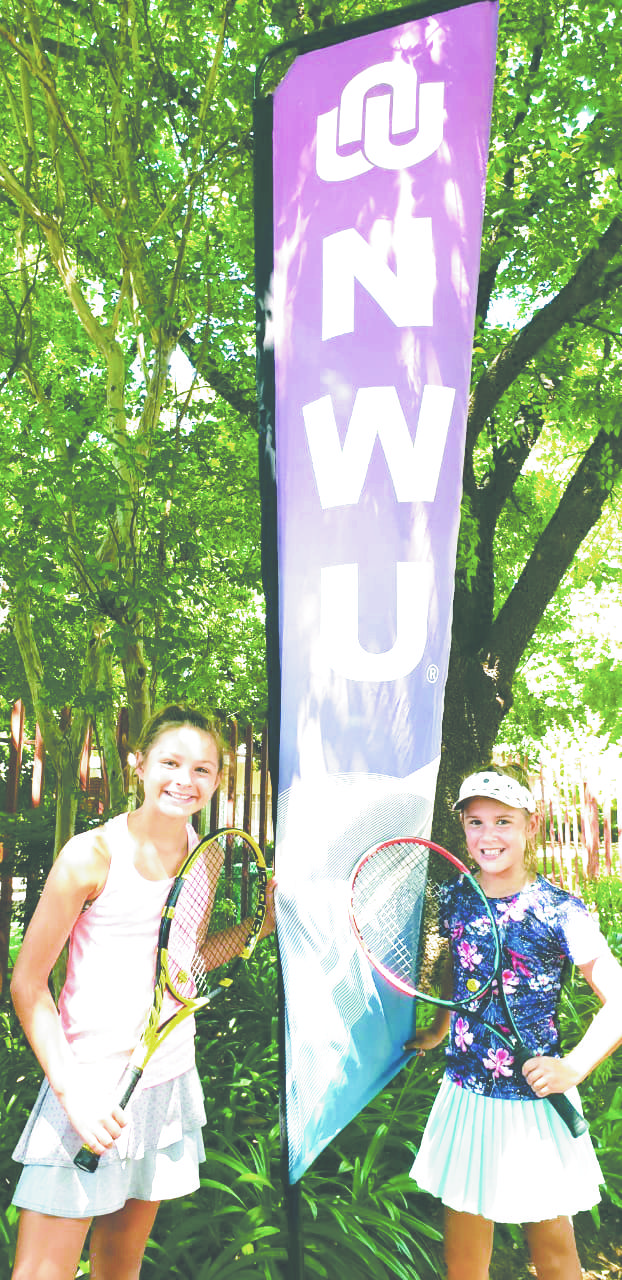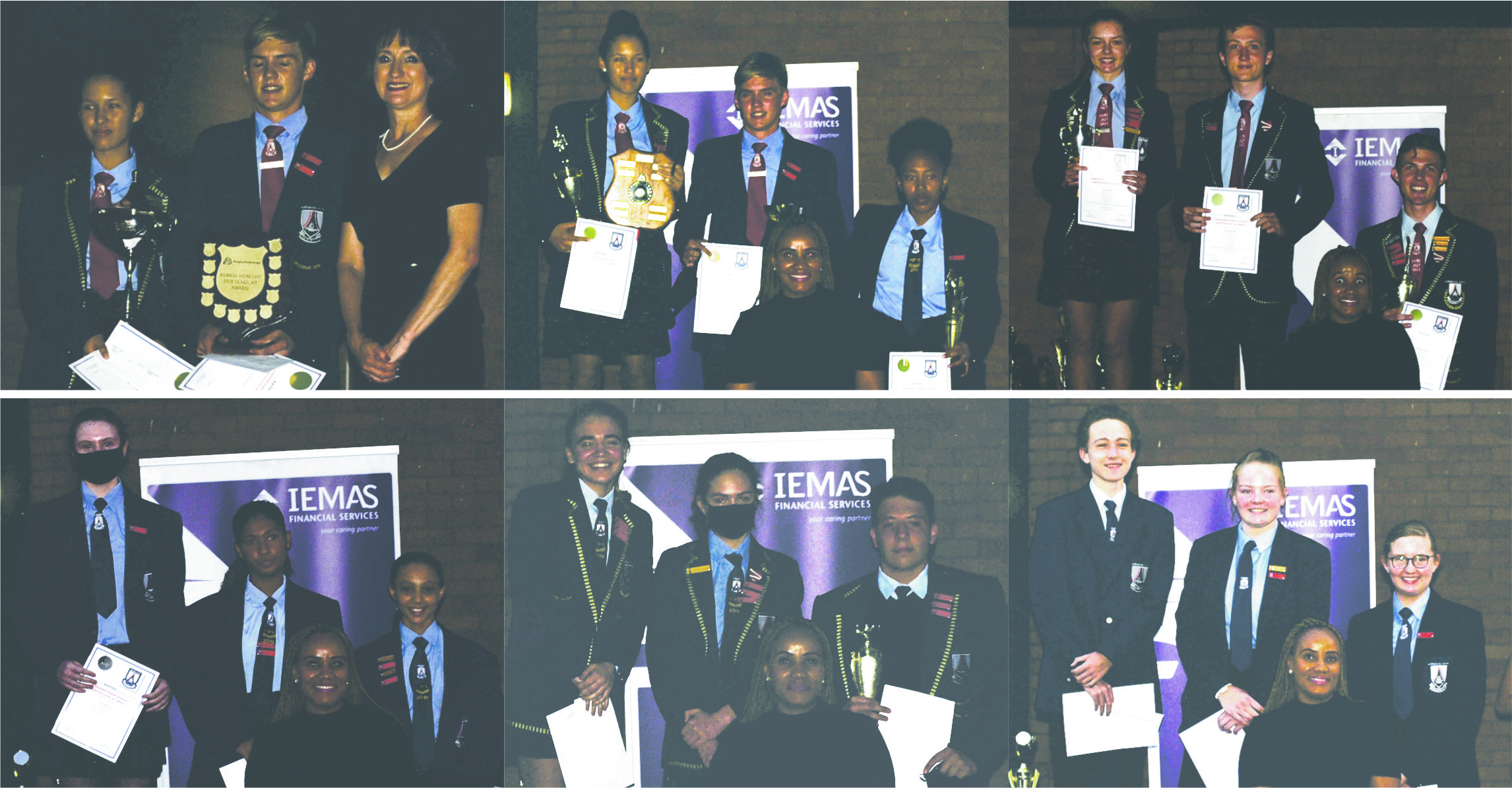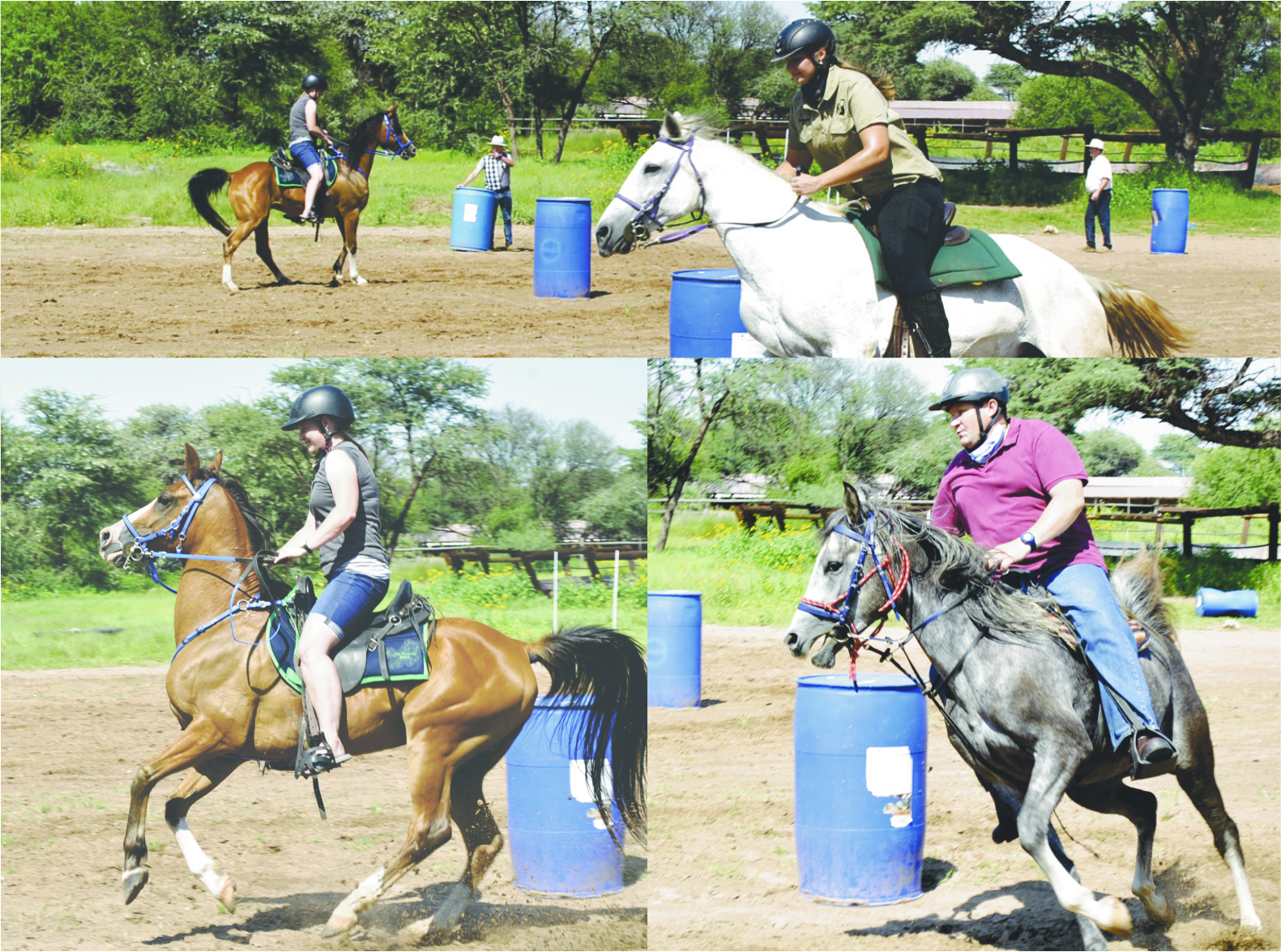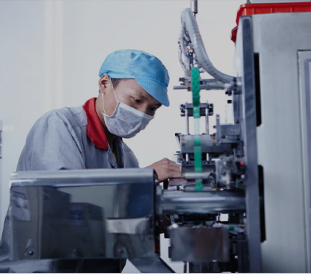
The Dawid Kruiper municipality responded to the article published in the Kathu Gazette dated 07 July 2018.
According to the Municipal Manager of the Dawid Kruiper municipality, Patrick Williams, the boundaries of the municipality are more than twice the size of the entire Gauteng province. This came about as the former //Khara Hais and Mier municipalities amalgamated in 2016. This means that the current municipality has inherited massive challenges which they must address with their limited resources.
All of the 16 wards that are part of the municipality need equal attention in as far as service delivery is concerned. Based on the magnitude of challenges, the municipality will not be able to solve or address all the complaints timeously, however the municipality is committed to serve all communities with the limited resources that they have.
Mr Williams states that before the amalgamation, sewerage used to be dumped in the veld. This was stopped after the amalgamation, which is why the municipality decided to transport the sewerage to the Rietfontein and Askham oxidation dams.
The second reason why the dumping of sewerage in the veld was stopped was to avoid pollution of the environment, animals and in particular, the underground water.
Loubos, Groot and Klein Mier were instructed to dump their sewerage at the Askham oxidation dam to minimize the pressure on the Rietfontein oxidation dam, but this has proofed not practical, because of the close proximity to Rietfontein. It is therefore more cost effective to dump sewerage at the Rietfontein sewerage plant rather than at Askham.
There are only two oxidation dams in the former Mier area. These dams are based at Rietfontein and Askham respectively. Welkom was therefore instructed to dump sewerage at the Askham oxidation dam.
Swartkopdam, Noenieput, Groot and Klein Mier, Philandersbron and Loubos dump their sewerage at the Rietfontein oxidation dams.
These measures are temporary operational arrangements as the municipality is looking at options to solve these challenges in the immediate future. A team has been dispatched to Rietfontein look at ways and means stop the sewerage overflow.
The development of oxidations dams is also being investigated, with specific reference to using municipal infrastructure grants (MIG) funds to build such a dam at Loubos.
The concern regarding the possible water pollution is enjoying the attention of the municipalty. Presently there is low risk underground water pollution, because the water levels are relatively very deep and this is due to the draught. The municipality is however monitoring and testing the quality of water regularly and to date no indication of pollution of the underground water sources has been detected. No reported cases of animals that are affected by the oxidation dam challenges were reported to the Dawid Kruiper municipality.
Mr Williams assured residents that the municipality is committed to service delivery and appreciates the concerns raised by the community.



















